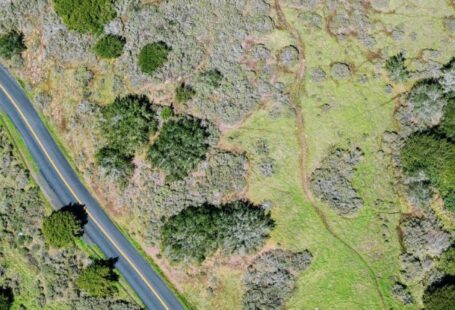Climate maps are an essential tool for understanding and visualizing the complex patterns of climate across the globe. By using a combination of data sources and visualization techniques, climate maps provide valuable insights into temperature, precipitation, and other climatic variables. In this article, we will explore the basics of creating climate maps, from data collection to map design.
Understanding Climate Data Sources
The first step in creating a climate map is to gather relevant data sources. Climate data is typically collected from a variety of sources, including weather stations, satellites, and climate models. These data sources provide information on temperature, precipitation, wind patterns, and other key climatic variables. It is essential to ensure that the data sources used are reliable and up-to-date to create accurate and informative climate maps.
Processing and Analyzing Data
Once the data sources have been collected, the next step is to process and analyze the data. This involves cleaning the data, identifying patterns and trends, and applying statistical techniques to make sense of the information. Data processing and analysis are crucial steps in creating climate maps as they help to identify key climatic patterns and relationships that can be visualized on the map.
Choosing the Right Visualization Technique
After processing and analyzing the data, the next step is to choose the right visualization technique for creating the climate map. There are various visualization techniques available, including choropleth maps, isopleth maps, and cartograms. The choice of visualization technique will depend on the type of data being presented and the story that the map is intended to tell. It is essential to select a visualization technique that effectively communicates the climatic patterns and trends being depicted.
Designing the Climate Map
Once the data has been processed and a visualization technique selected, the final step is to design the climate map. Designing a climate map involves choosing the right colors, symbols, and labels to effectively communicate the information. Color schemes are crucial in climate mapping as they can help to highlight different climatic patterns and make the map more visually appealing. It is also essential to include a legend that explains the meaning of the colors and symbols used on the map.
Interpreting Climate Maps
Interpreting climate maps requires an understanding of the key climatic variables being depicted and the visualization techniques used. Climate maps can provide valuable insights into temperature variations, precipitation patterns, and other climatic phenomena. By carefully examining the map and understanding the data sources and visualization techniques used, it is possible to gain a deeper understanding of the complex patterns of climate across the globe.
Tips for Creating Effective Climate Maps
When creating climate maps, there are several tips to keep in mind to ensure that the maps are accurate and informative. Firstly, it is essential to use reliable data sources and ensure that the data is up-to-date. Secondly, it is crucial to choose the right visualization technique that effectively communicates the climatic patterns being depicted. Lastly, it is important to design the map in a way that is clear and easy to interpret, with a focus on highlighting the key climatic variables of interest.
In conclusion, creating climate maps involves a series of steps, from data collection to map design. By understanding the basics of creating climate maps and following best practices in data processing, visualization, and design, it is possible to create informative and visually appealing maps that provide valuable insights into the complex patterns of climate across the globe.





